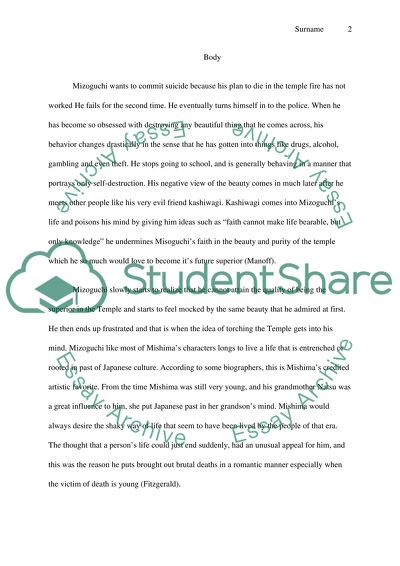Cite this document
(“Temple of the Golden Pavilion Essay Example | Topics and Well Written Essays - 1250 words”, n.d.)
Temple of the Golden Pavilion Essay Example | Topics and Well Written Essays - 1250 words. Retrieved from https://studentshare.org/literature/1435150-it-can-be-a-free-topicbased-on-mishima-yukio-s
Temple of the Golden Pavilion Essay Example | Topics and Well Written Essays - 1250 words. Retrieved from https://studentshare.org/literature/1435150-it-can-be-a-free-topicbased-on-mishima-yukio-s
(Temple of the Golden Pavilion Essay Example | Topics and Well Written Essays - 1250 Words)
Temple of the Golden Pavilion Essay Example | Topics and Well Written Essays - 1250 Words. https://studentshare.org/literature/1435150-it-can-be-a-free-topicbased-on-mishima-yukio-s.
Temple of the Golden Pavilion Essay Example | Topics and Well Written Essays - 1250 Words. https://studentshare.org/literature/1435150-it-can-be-a-free-topicbased-on-mishima-yukio-s.
“Temple of the Golden Pavilion Essay Example | Topics and Well Written Essays - 1250 Words”, n.d. https://studentshare.org/literature/1435150-it-can-be-a-free-topicbased-on-mishima-yukio-s.


